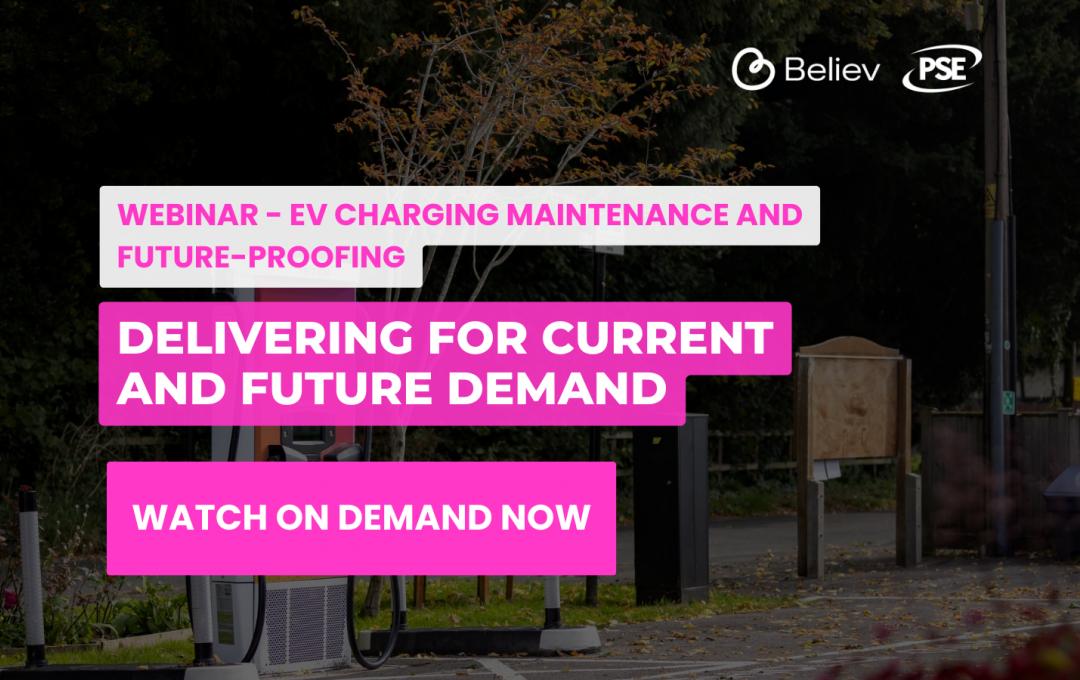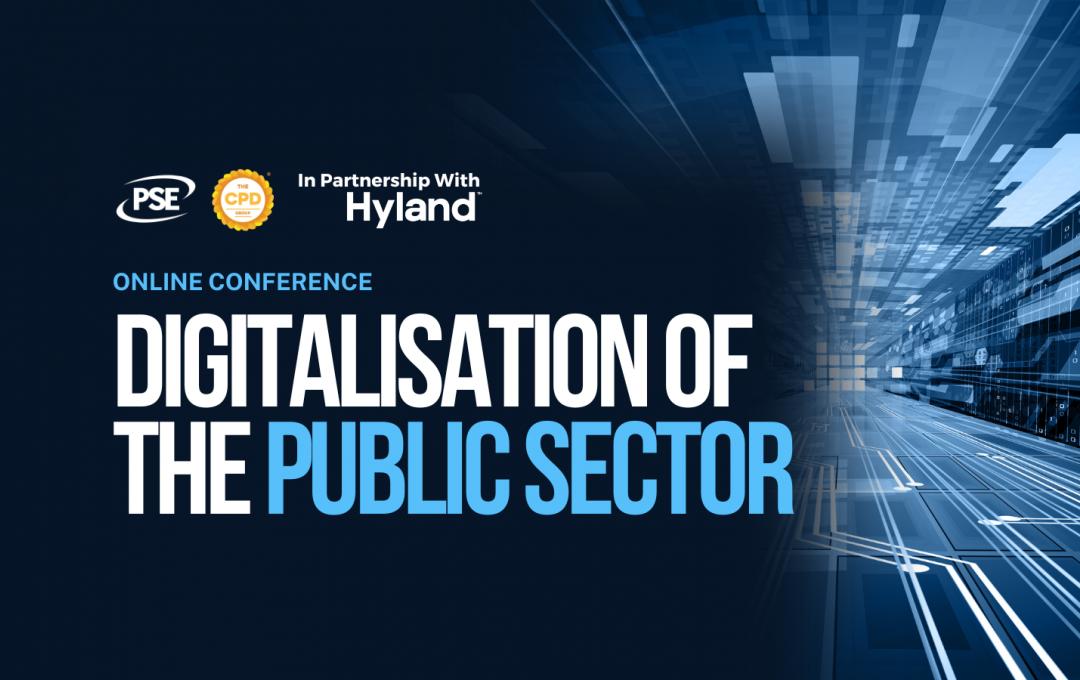Government IT projects can be complex. We’ve evaluated our government customer engagements and feedback to analyse what’s worked well in their move to the cloud, and key focus areas needed to set them up for success. Here’s what we’ve learned, as explained as Emily McEvilly.
Customer service has been a core value at Workday since day one, which is why we’re committed to meeting the needs of customers, regardless of their size, location, or industry. Since 2005, Workday has addressed the needs of specific industries, including those in the public sector, which was our first industry vertical. As part of this, we’ve been on a journey to understand our government customers at an even deeper level and expand how Workday can help solve their unique challenges.
More recently, we’ve had a keen eye on how we can help them better serve their constituents, as we’ve seen a heightened need for our government customers to maintain business continuity throughout the pandemic. Government entities need to be online, available, and able to continue providing important services to citizens when they need it most, highlighting the need for governments to move to cloud-delivered technologies.
We understand that government IT projects can be complex and often highly decentralized engagements due to the nature of their environments. Other variables make them even more dynamic, such as administration changes with new elections, funding challenges, shifting or competing priorities, and the need to harmonize decision making across many agencies and departments.
It’s also critical to ensure executives and key stakeholders across departments are informed and engaged at various levels throughout the deployment.
Given these variables and the uptick we’ve seen in the demand for cloud-based services, we evaluated multiple projects and customer feedback to analyse what’s worked well and the key focus areas needed to set government customers up for success. I want to share what we’ve learned and offer best practices to consider when undertaking a cloud deployment to ensure it delivers on your organization’s objectives.
Get Aligned and Resourced Appropriately
First, it’s important to align the leadership involved in the deployment. Ideally, the project’s sponsor will gain executive buy-in and alignment early in the process. It's important to ensure there’s alignment across all relevant stakeholders and that they stay informed. This means engaging executives and key stakeholders across departments throughout the entire deployment. This ongoing dialogue helps ensure leadership is informed on status and any key decisions that require their input.
Consider short- and long-term implications. For example, if you see an upcoming change in elected leadership for your organization, have you evaluated the impact or risk posed to your project and what if anything you could do to mitigate that? Be sure to leverage our Executive Briefing Series to help educate others on how to get the most value from their Workday service.

Another important step in deployments is bringing the right people together to help the project succeed and enabling decision making at the right levels to empower the team to make timely decisions. This includes identifying, securing, and making available project managers who know how to navigate your unique IT environment to keep things moving.
For example, people with knowledge of legacy systems are trusted advisors to other internal parties. They can champion change and be instrumental in the project's success. Knowledge of the legacy system and the challenges it poses is critical to being able to convert and report on data as well. If you can't find that in a single person, consider how to blend resources to achieve this. It’s also important to ensure key people are made available by backfilling their positions or freeing them up from current responsibilities prior to project kick off.
Prepare for Change Management and Training
With any new technology deployment, it's important to have the right change management in place to facilitate a smooth transition to the new system. Being proactive about change management helps ensure the project stays on track, stakeholders stay aligned and informed, and department engagement and harmonisation are achieved. As part of this, prepare project managers to adapt to the iterative approach a cloud deployment requires and account for an ownership shift, as departments play a larger role in the success of a cloud solution than traditional IT-owned solutions.
One of the biggest benefits of moving to the cloud comes from access to data that can provide insights and help drive better decisions.
Training needs to be considered in the early stages of the project. We've found that while our user experience is intuitive and doesn't usually require much training, oftentimes there are process changes in play that will change expectations of end users, requiring them to be trained on those changes.
It’s also important to align and engage with unions during the deployment. Key considerations include use cases, contracts, and collective bargaining agreements. This is just one example of helping users understand how the experience will be different (and better) and how certain processes will evolve and potentially impact them.
Lastly, be mindful of your organizational structure and foster continued leadership engagement across the agency. It’s important to have a steering committee or other group that meets regularly to drive effective change management.
Don’t Forget About Data
Effective data management can be complex and overwhelming for any organization in today’s fast-paced environment. Many government customers have legacy systems with few knowledgeable internal experts who understand the technical landscape. This can lead to data quality concerns, which means data extraction, cleansing, and transformation may require department engagement to verify the data.

It's critical to dedicate resources to this data effort, whether internally or through a third-party deployment partner. One of the biggest benefits of moving to the cloud comes from access to data that can provide insights and help drive better decisions.
Although government IT projects can be complex, we believe that if the proper steps are taken throughout the engagement, the reward is a successful deployment that can transform key HR and finance functions at any government entity.
Workday and our partner community are here to help governments modernize and realize their digital transformation agendas. To learn more about how Workday can help governments become digitally resilient, please visit this site.



















